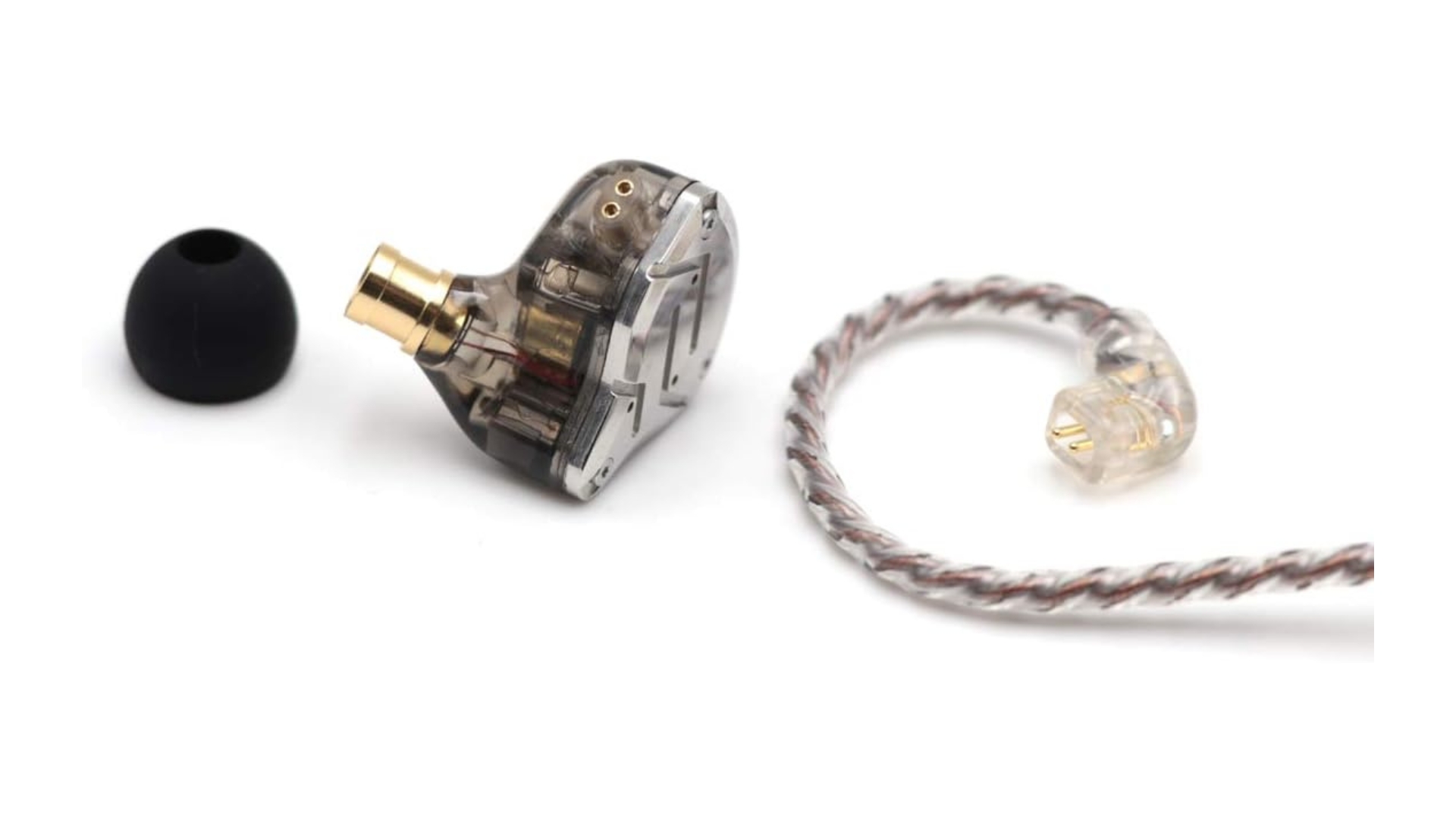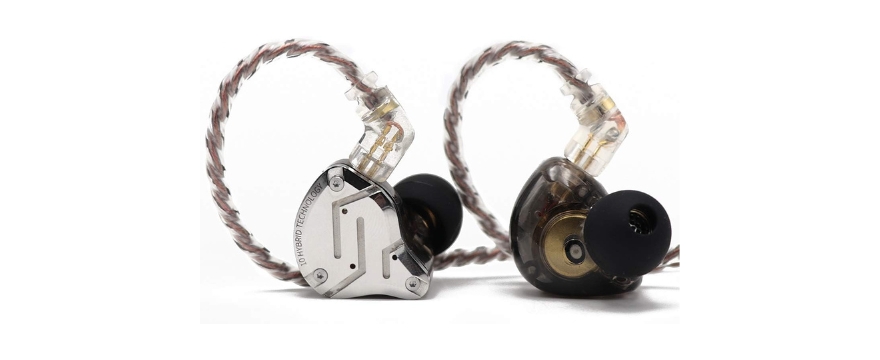If you are a passionate listener who wants to hear every single detail of music, average earbuds might not be enough as they have some limitations. To overcome these limitations, there is a great alternative called In-ear monitors or IEMs. However, IEMs are not suitable for casual listeners who want an earbud for daily routines like working out, making calls, or noise cancellation. These are purely for audiophiles and critical listeners who love music. Let's dive deeper and learn more about In-ear monitors.
What is In-ear monitor (IEM)?
In-ear monitors are earpieces that fit snugly into your ears. They are custom-fit to provide the best noise isolation and deliver high-quality sound. They were originally invented for performers and musicians to hear their own performance on stage. By using in-ear monitors, they can monitor their own performance closely, hence the name.
Types of In-ear monitors
Custom in-ear monitors
Custom in-ear monitors are designed and manufactured according to the fit of the listener's ears. As the name suggests, they are customized and comparatively expensive compared to other types of IEMs. However, they offer a perfect fit, the best possible noise isolation, and excellent sound quality. Due to their precise and high sound quality, audio engineers and musicians prefer custom in-ear monitors.
They are mostly preferred by professionals because they are costly compared to universal in-ear monitors. The range starts from $400 to $500. Custom in-ear monitors are expensive because high-quality materials are used to design them. The high-quality materials of the audio driver play a crucial role in delivering premium sound quality. Ultimate sealing against ambient noise delivers audio directly into the ear canal without leakage.
Universal in-ear monitors
Universal in-ear monitors are made to fit most users. As the name suggests, they are universal and do not provide perfect sealing against outside noise like custom in-ear monitors. They are not as costly as custom in-ear monitors. But both custom and universal in-ear monitors provide better sound quality than consumer headphones.

As you may know, the audio driver is a crucial component of any audio gear, be it headphones or IEMs. Without a driver, nothing can work. IEMs use different types of drivers such as dynamic drivers, balanced armature drivers, electrostatic drivers, etc. The driver plays a significant role in making the audio quality of IEMs superior compared to headphones.
Nowadays, dynamic drivers are widely used in IEMs, while balanced armature drivers are also popular due to their advantages. IEMs have multiple drivers that handle every frequency response effectively, instead of using a single driver.
Sometimes, manufacturers use a combination of different driver types into a single IEM to improve the audio quality. For example, dynamic drivers are small in size and lightweight, which makes it convenient to use more drivers in a single IEM.
Similarly, BA drivers are more efficient, producing louder sounds by consuming less power. Combining the advantages of different driver types into a single IEM delivers greater sound quality. In the upcoming days, we will explore some of the great In-ear monitors, and we have already reviewed an IEM called Moondrop Starfield.
In-ear monitors are popular among stage performers and musicians due to their accurate sound quality. They eliminate noise and fit perfectly, making them a preferred alternative to stage monitor speakers in live concerts. Audio engineers also prefer them for the same reason.
In addition, audiophiles and gamers also enjoy the great sound quality of IEMs. While they are slightly more expensive than Bluetooth headphones, affordable options are now available in the market. If you love music and want to catch every single beat, IEMs could be a better option than headphones.
In-ear monitors with a wired design have an advantage over wired headphones. The wires are of higher quality and can be easily detached. This means that if the wire gets damaged, you can detach it from the monitors and replace it without any hassle.
However, if you use wired headphones and the wire gets broken, you have no option but to throw the headphones away. Due to this, IEMs are more durable and their wire quality is also much better than that of headphones. These advantages make it likely that IEMs will overtake headphones in the future.
